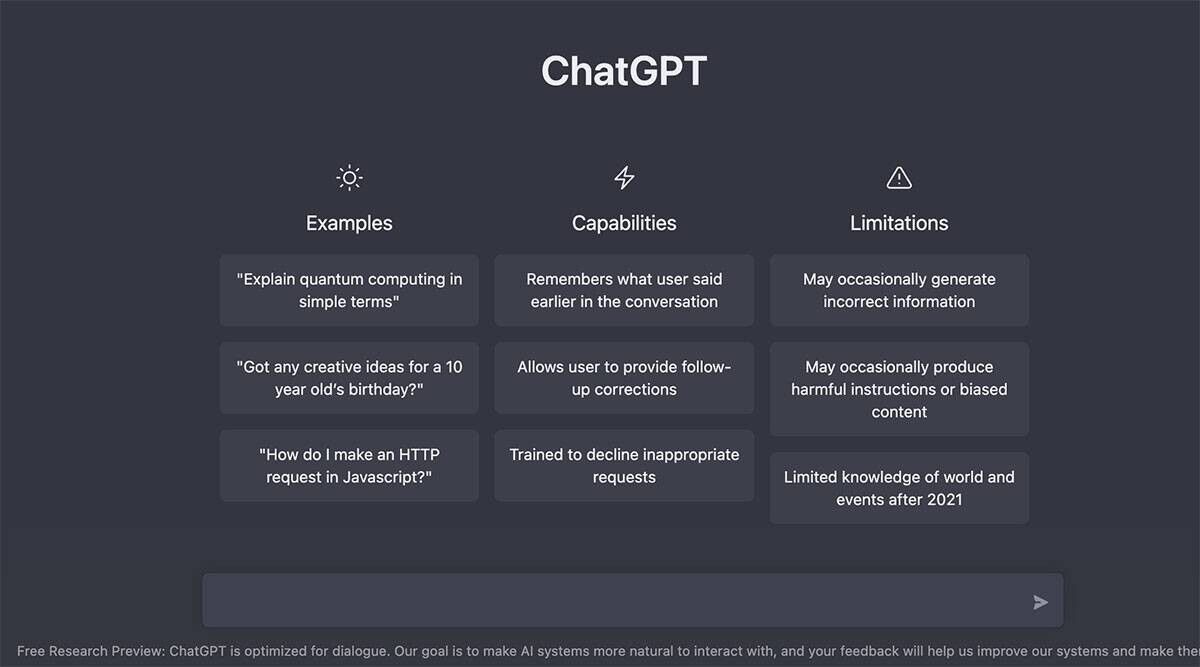Someone once told me, stupid questions don’t exist. This might be true, but people are still afraid to look stupid by asking questions that are assumed to be general knowledge. We are currently at a point in time, where most people are assumed to know what is meant by the term Artificial Intelligence (AI) and how it works, but less is further from the truth. With the recent boost of generative AI services like ChatGPT and Midjourney, the spark is ever more lit, everyone loves to talk about it but I only know a hand full of people who actually know how it works.
In this article, my goal is to get everyone up-to-speed on the basics of AI and how it works in order to get you familiar enough with this concept so you can use and talk about this technology to your advantage.
Artificial Intelligence is everywhere around us and quite likely here to stay
With AI services rapidly spreading throughout all industries in the market, it’s impossible to ignore this concept any longer. Furthermore, it’s not going away anytime soon since our current living standards rely on it.
- It’s everywhere and embedded in our daily life. It’s used for your feed on Instagram, showing ads on Google searches, video selection on YouTube and Netflix, the best laundry program on your washing machine, fraud detection at your bank, or the daily groceries prices at your local supermarket, and many more.
- Every CEO, CTO, or CIO keeps on talking about the importance of AI
- Most companies have done some form of digital transformation to make sure they don’t miss the wave of the next dot-com bubble and started training their workforce on these concepts.
- A lot of new jobs now exist that didn’t exist 10 years ago like Cloud Architect, UX/UI designer, Social Media Manager, or Virtual Reality Developer.
- It has been on every manager’s agenda one way or another to improve their business for a couple of years now.
- Colleges and universities have created large curriculums around this topic, and are creating a huge new workforce of Data Scientists, AI Engineers, Prompt Engineers, Conversational Designers, and Machine Learning experts.
- Investors are actively looking for startups that are able to build better AI models, products, and/or services.
- An extreme amount of money yearly flows into technology where Gartner forecasts a spend of $4.5 trillion in 2023 in IT spending (growth of 2.4%).
- Every day new apps are launched for consumers that use AI technology that is better than what’s already available in the market.
All of these signs indicate that AI is not merely a passing fad or trend, but rather a technology that is here to stay and will undoubtedly continue to transform our lives.
End of the world or the beginning of a new revolution?
Advocates and detractors of AI technology have differing perspectives on the benefits and risks associated with its development and integration into society. Here are some key arguments.
Advocates:
- Economic and societal benefits: Proponents argue that AI can drive economic growth, create new job opportunities, and lead to societal advancements, such as in healthcare and environmental sustainability.
- Enhanced decision-making: Advocates believe AI can improve human decision-making by analyzing vast amounts of data, identifying patterns, and providing actionable insights.
- Creative potential: Proponents highlight AI’s ability to enhance human creativity and generate novel solutions to complex problems.
“AI is the new electricity.” - Andrew Ng
Detractors:
- Job displacement: Critics argue that the widespread adoption of AI could lead to job loss, especially in sectors that rely heavily on manual labor and repetitive tasks.
- Ethical concerns: Detractors raise concerns about AI’s potential to be biased, discriminatory, or malicious, and the potential for misuse or abuse by humans.
- Loss of human agency and control: Skeptics worry about the possibility of AI becoming too autonomous, leading to a loss of human control and potentially existential threats.
“AI will make jobs kind of pointless.” - Elon Musk
These perspectives reflect the complex and nuanced nature of the AI debate, which encompasses a wide range of topics, from economic and societal simplifications to ethical and existential concerns. Personally, I think this a trend that can’t be stopped but it should be regulated to mitigate the risks of ethics and control.
Ok Len, enough context, tell me about Artificial Intelligence
Let’s explain some basic concepts in Computer Science that might help to put all AI terms in perspective, as they all are used together.
-
Algorithm: An algorithm is a step-by-step procedure or set of instructions for solving a specific problem or accomplishing a particular task. In computer science, algorithms are used to process, analyze, and manipulate data, and they form the foundation of all computer programs.
-
Machine Learning (ML): Machine Learning is a subset of artificial intelligence (AI) that focuses on the development of algorithms and statistical models that enable computers to learn and improve from experience without being explicitly programmed. In other words, ML algorithms analyze data, identify patterns, and make decisions or predictions based on those patterns. Common ML techniques include supervised learning, unsupervised learning, and reinforcement learning.
-
Artificial Intelligence (AI): AI is a broad field of computer science that aims to create systems capable of performing tasks that would typically require human intelligence. These tasks include problem-solving, learning, planning, natural language understanding, perception, and even creativity.
-
General AI (Artificial General Intelligence or AGI): General AI, also known as Artificial General Intelligence, refers to AI systems that possess the ability to understand, learn, and apply knowledge across a wide range of tasks at a level comparable to human intelligence. Unlike narrow AI, which is designed to perform specific tasks, AGI can adapt and generalize its learning to new situations and challenges. AGI is still a hypothetical concept, and its realization remains an open challenge in AI research.
“The development of full artificial intelligence could spell the end of the human race.” - Stephen Hawking
At its core, Artificial Intelligence (AI) is the creation of computer programs or machines that can perform tasks that typically require human intelligence. These tasks include learning from experience, reasoning, problem-solving, and understanding natural language.
But in itself, AI is a general term consisting of all techniques that help to achieve this goal. These AI models rely on advanced math and statistics. In addition, custom models can also be used for more specialized tasks, such as medical diagnosis, financial analysis, and even playing games like chess or Go.
The downside of most models is that they act as a black box, you can define parameters but it’s impossible to retrace your steps. In other words, you can’t easily retrace your steps to understand how the model arrived at a particular prediction. This can be problematic for several reasons. For instance, if the model is making incorrect predictions, it may be difficult to figure out why and make improvements.
Ok, give me a real-world use case
Netflix uses a sophisticated model recommendation system to suggest new movies and TV shows to users based on their viewing history and preferences. The model works by analyzing large amounts of user data, including which titles they’ve watched, how long they’ve watched them for, and how they’ve rated them. It then uses machine learning algorithms to identify patterns and correlations in this data and make predictions about what users might enjoy in the future.
This model is then used in your Netflix app with your data, creating an overview of what movies or series to watch next. Many applications today require these kinds of AI models to provide users with relevant updates, news, data, or features. Building these models can take some time, but are essential for every new service to be competitive in the market.
The better the model, the better the results. This is the reason why TikTok is so successful is all based on its successful AI model, which is feeding you new ‘relevant’ videos to keep watching and so out-competing other social media platforms.
TL;DR
In summary, AI technology is based on the idea of creating computer programs or machines that can perform tasks typically requiring human intelligence. Machine learning, and more specifically deep learning, are popular techniques for achieving this goal, using artificial neural networks to learn from data and improve performance over time. With the continued advancement of AI technology, we can expect to see it integrated into an increasing number of applications and industries, transforming the way we live and work.
We are actively helping companies to implement these services in their business offerings in order to be competitive. Let me know if you need help.














